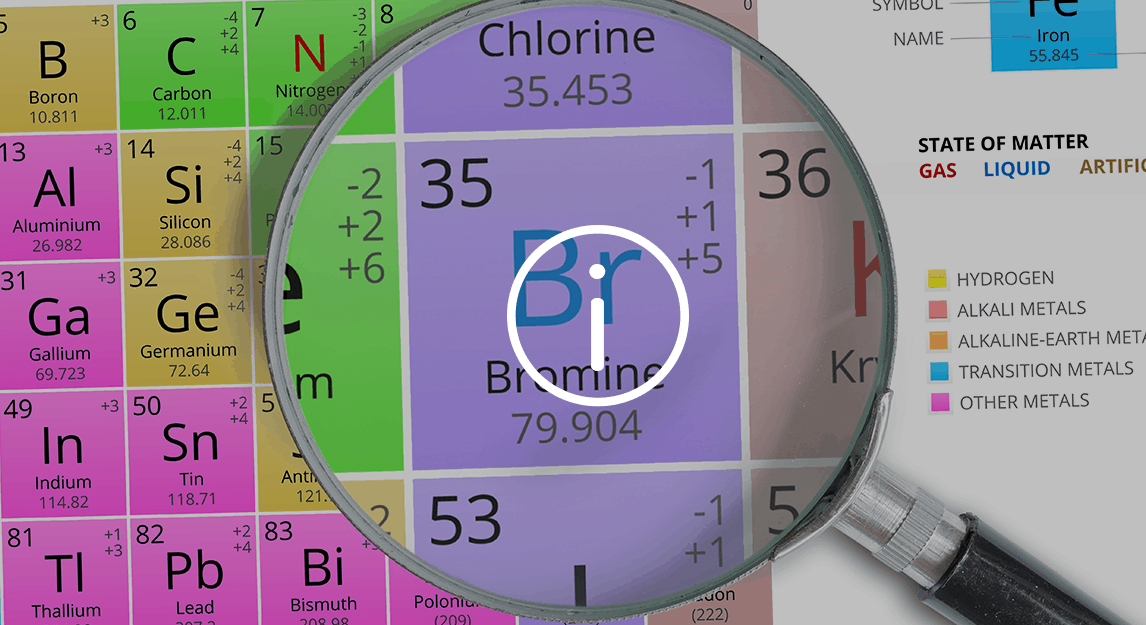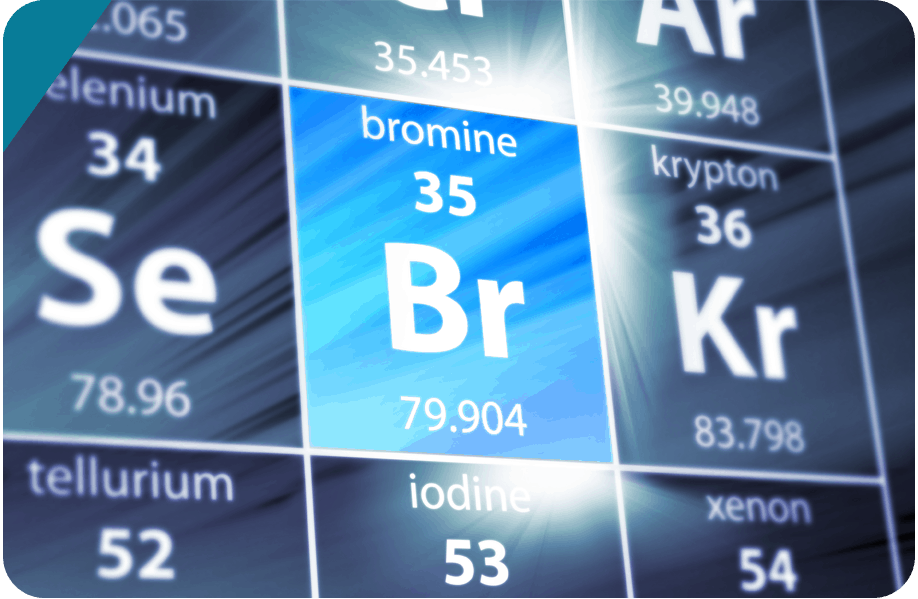
05 Mar The International Year of the Periodic Table
1869 is considered the year of discovery of the Periodic System by Dmitri Mendeleev, meaning 2019 marks the 150th anniversary of the Periodic Table of Chemical Elements. The United Nations General Assembly and UNESCO have therefore proclaimed it as the “International Year of the Periodic Table of Chemical Elements (IYPT2019)”.
Representatives all around the world are celebrating the beauty of the Periodic Table, which is one of the most significant achievements in modern science that compiles the essence of chemistry, but also of physics and biology.
Would you like to join in on the fun? Follow all the celebrations, activities and events on Twitter, Facebook and Instagram!
The Periodic Table of chemical Elements
The periodic table of elements is a unique tool that makes it possible for scientists around the world to predict the appearance and properties of matter on the earth and elsewhere in the universe.
Do you need to freshen up your memory? Check out six different versions of the periodic table and take the quiz to test your knowledge!
Can you find bromine on the periodic table?

The International Year of the Periodic Table is the ideal opportunity to learn a little more about all the chemical elements, and of course, bromine.
Bromine is a rather unknown chemical element with chemical symbol Br. It is the third lightest halogent and sits in group 17 of the periodic table, alongside the better known elements fluorine, chlorine and iodine.
Bromine possesses many useful qualities and is used in various different fields such as water treatment, reduction of mercury emissions, fire safety, energy storage and generation, production of pharmaceuticals and enhanced quality rubber.
What is bromine?
Bromine is a reddish-brown liquid that is never naturally found in its elemental form, but rather in the form of inorganic compounds (bromides) as well as in natural organo-bromine compounds in soils, seawater and air.

How was bromine discovered?
Bromine owns its name to the Greek word “brōmos”, which means “strong odour” (bromine has a sharp and rather unpleasant smell). It was isolated independently by chemists Carl Jacob Lowig and Antoine Balard in 1825 and 1826, respectively.
While they were studying natural salt waters they crystallized the salts and saturated the remaining liquids with chlorine. After distillation only a dark red liquid remained: bromine.
Why is bromine important?
Ever since its discovery, bromine compounds have been applied in many different fields. For example, bromine is:
- very efficient to help achieve fire resistance
- very effectively helps reduce the emission of mercury from coal-fired power plants
- notably powerful to disinfect and also purify water
- used in the production process of rubber tyres, windscreen wipers and medical stoppers (to make them more efficient and durable)
- used to enhance the manufacturing process of pharmaceuticals
You can find out everything about bromine and how it is used on our website and blog page or subscribe to our newsletter to stay up-to-date on all the latest bromine-related news!




No Comments